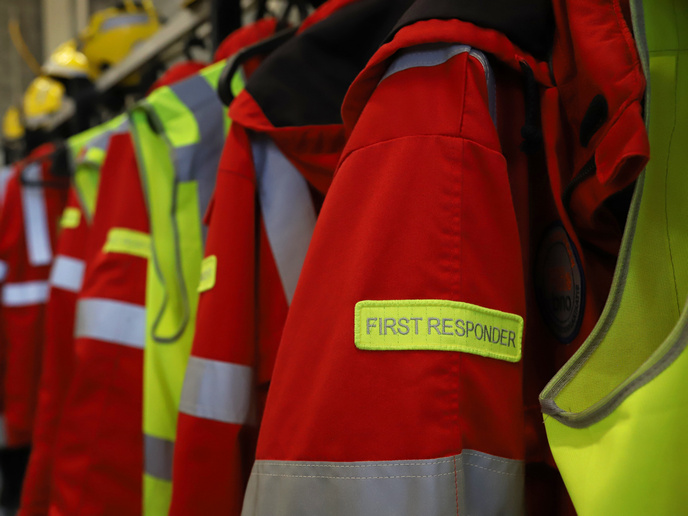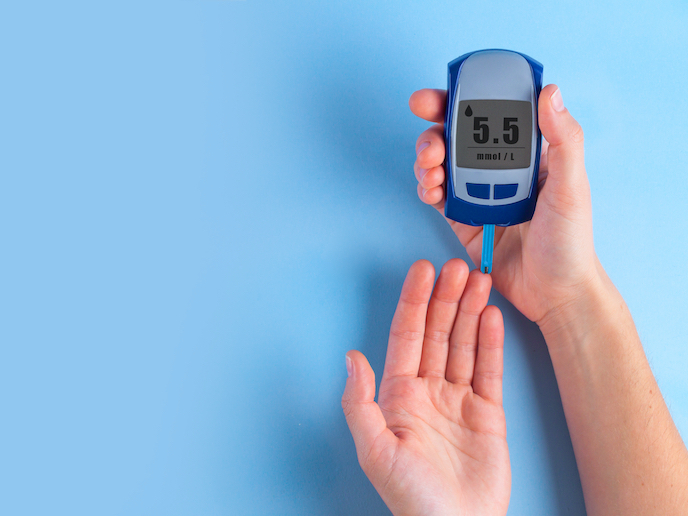A toolbox for effective nano-risk governance
Despite a strong push for developing manufactured nanomaterials (NMs) and nanoproducts, their market uptake remains limited. This is largely due to user concerns about their possible risks to people and environment. Unfortunately, current risk assessment tools are not suitable for use with NMs, and regulations have just started adapting to accommodate the materials – making it extremely difficult for stakeholders to properly address these risks. What is needed is a risk governance framework for assessing and managing the risks of NMs and NM-enabled products already on the market, and those currently in development. To answer this need, the EU-funded caLIBRAte project launched the Nano-Risk Governance Portal – a one-stop shop for nano-risk governance. “Our goal was to identify and validate a suite of nano-specific risk assessment and management tools that could be included in the nano-risk governance framework,” says Keld Alstrup Jensen, professor at the National Research Center for the Working Environment (Denmark) and caLIBRAte project coordinator.
Evaluating and validating risk assessment tools
The evaluation and validation of the proposed risk assessment and management tools was the critical step in building the Nano-Risk Governance Portal. According to Jensen, prior to the project, none of the existing nano-specific risk assessment tools had been thoroughly tested or validated. “By testing and validating the tools included in the framework, we can increase the level of trust in the risk assessment and management results,” he says. “This in turn will facilitate a more trustworthy risk communication and risk transfer between relevant stakeholders.” To properly identify, develop, assess, validate and demonstrate the tools, researchers used an extensive exercise that began by mapping and categorising all the different available tools and stakeholder needs. This was followed by a thorough assessment, with each tool being ranked according to its ability to satisfy stakeholder needs and requirements. “This process allowed for a more comprehensive analysis and testing based on high-quality case study data on a subset of tools. This helped us create a shortlist of candidates for potential inclusion in the framework,” explains Jensen. The project also developed new tools. For example, the nano-risk radar is a web tool that can be configured for both general monitoring and targeted emerging risk identification and monitoring. The nanosafety observer tool is an established workplace safety culture and maintenance monitoring application. It can be configured with a workplace- and nano-specific safety surveillance and reporting template. A project management tool was also developed to support structured nano-risk governance during innovation. “The final validation of the different risk assessment and management tools is a major achievement – one critical to the establishment of the nano-risk governance framework,” says Jensen. “After all, if no tools could be validated and demonstrated, the framework would be a ship without sails.”
A one-stop shop
Thanks to its intense testing efforts, the caLIBRAte Nano-risk Governance Framework and Portal are now live and available for use. Here, users can find nanosafety information and guidance for identifying NMs, assessing and managing risks, workplace monitoring, and decision making. The portal also includes case studies, hazard and exposure measurement data, and best practices in NM development. “Industry and users now have access to a one-stop shop website that offers qualified – and trustworthy – information on NMs and nano-enabled products, their safety and risk perceptions,” says Jensen.
Keywords
caLIBRAte, nano-risk governance, manufactured nanomaterials, nanoproducts, risk assessment







